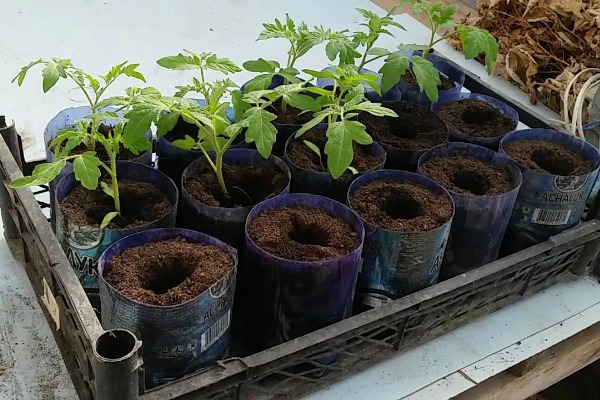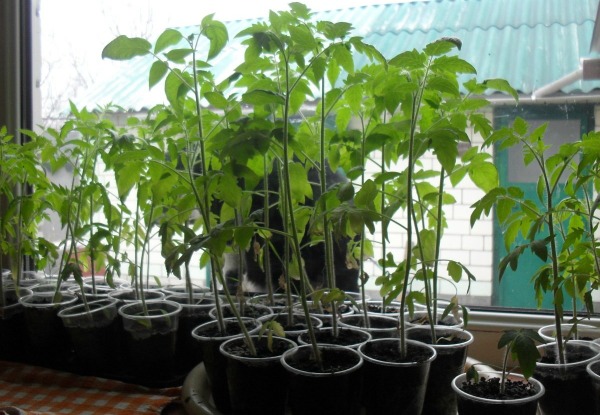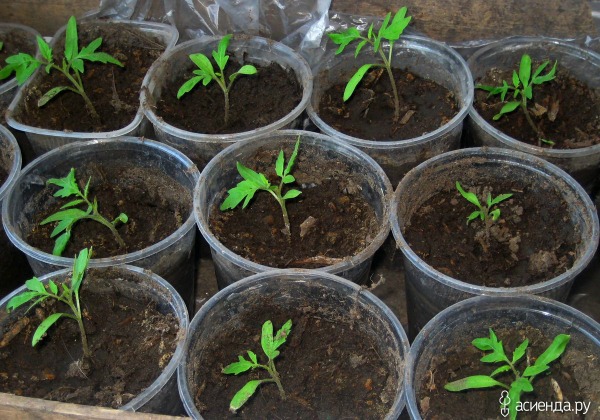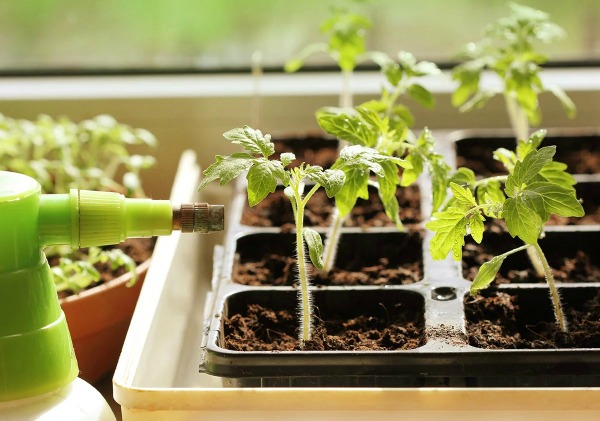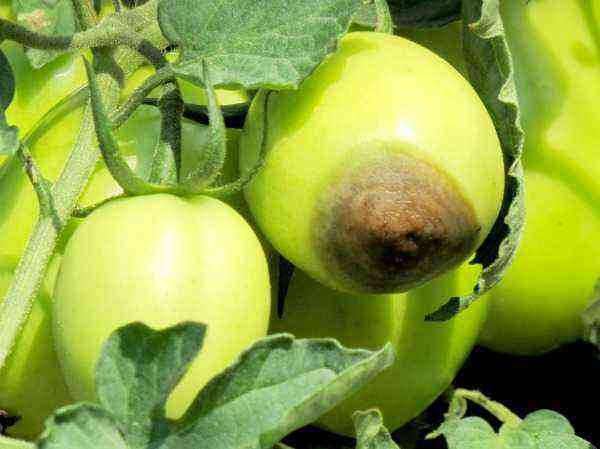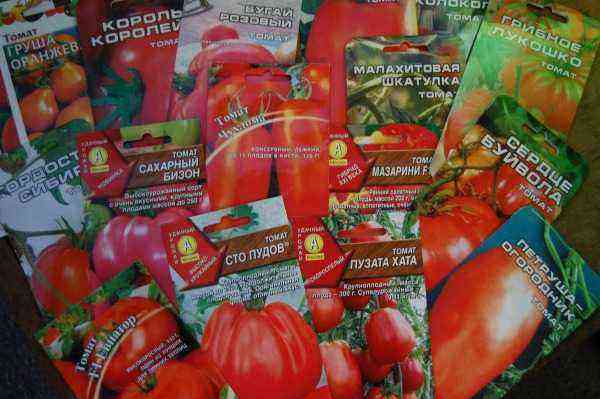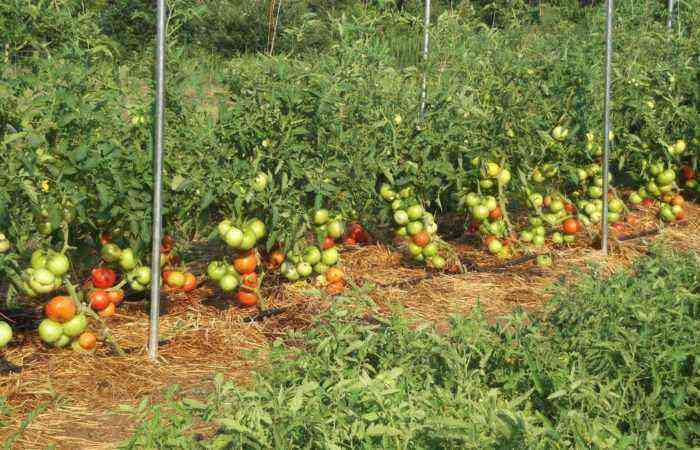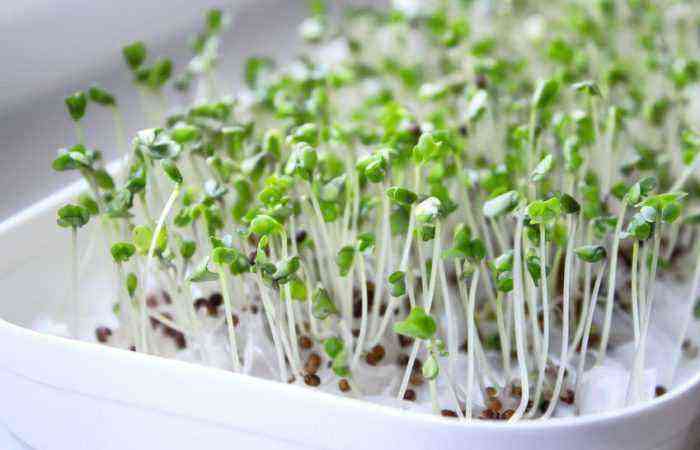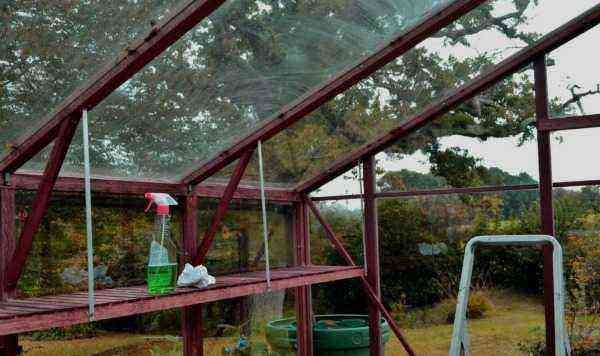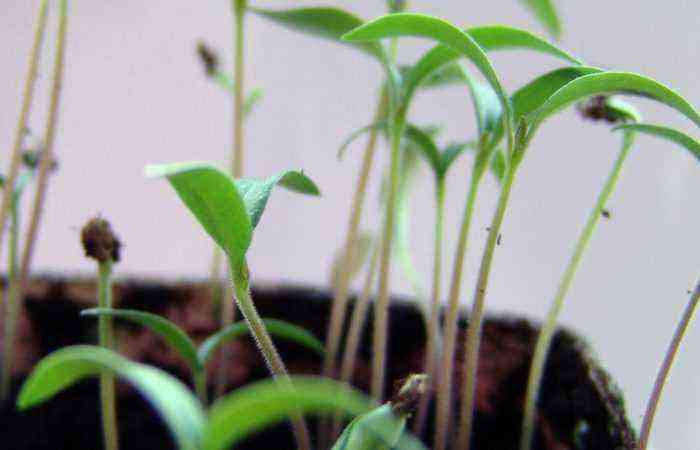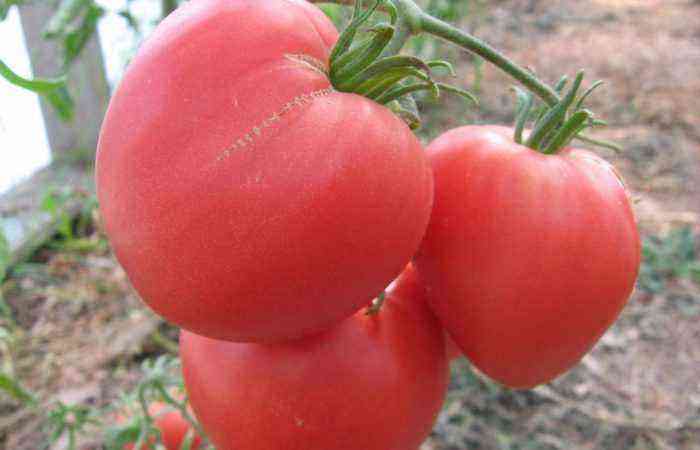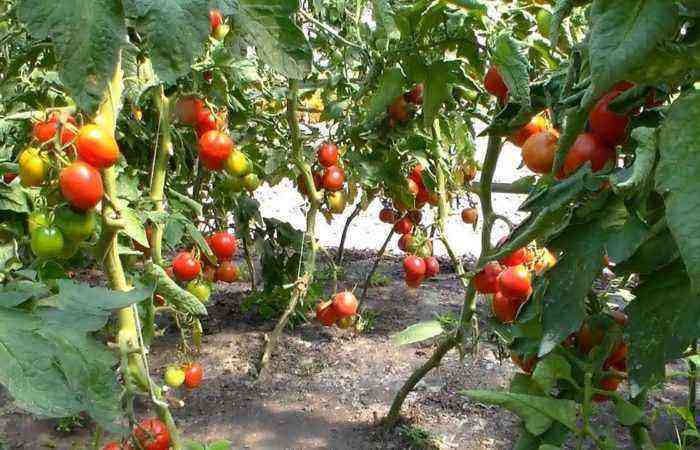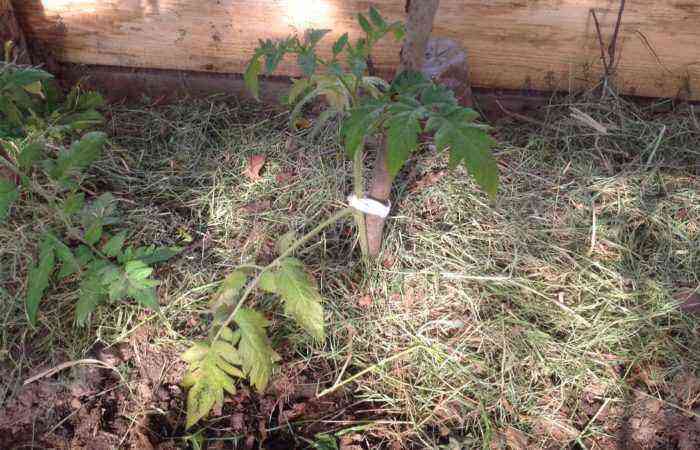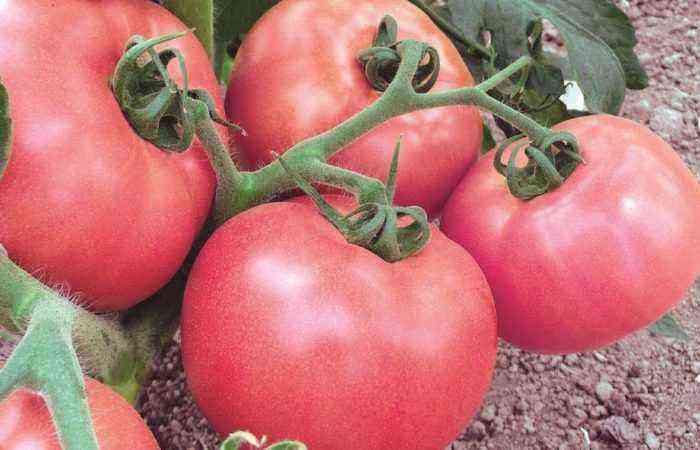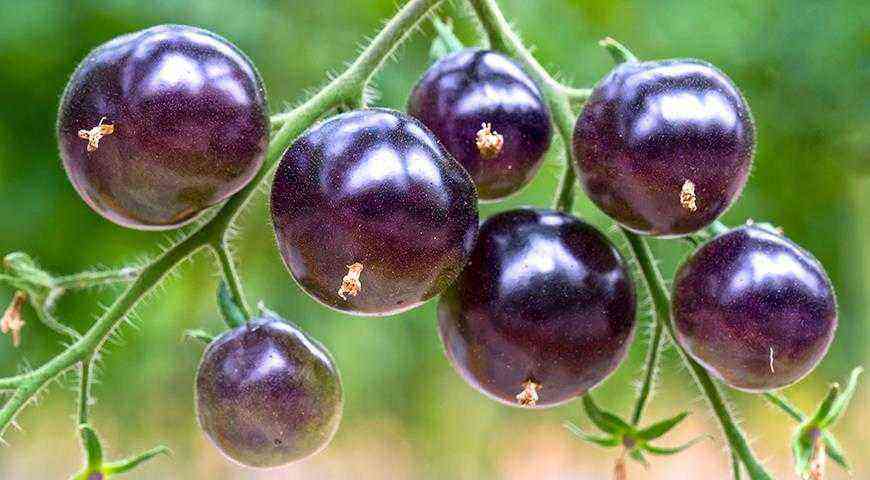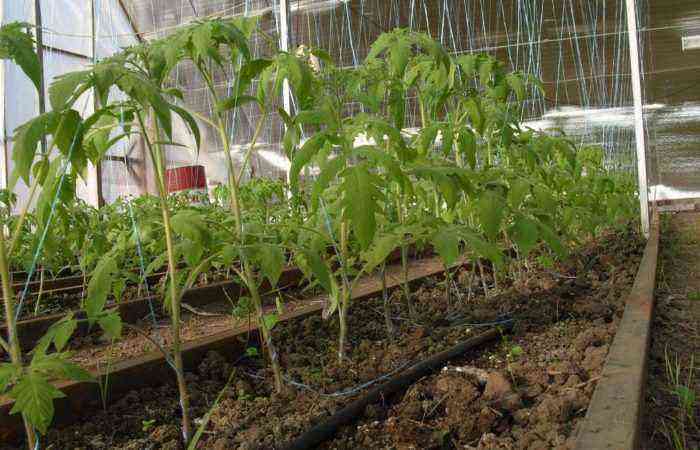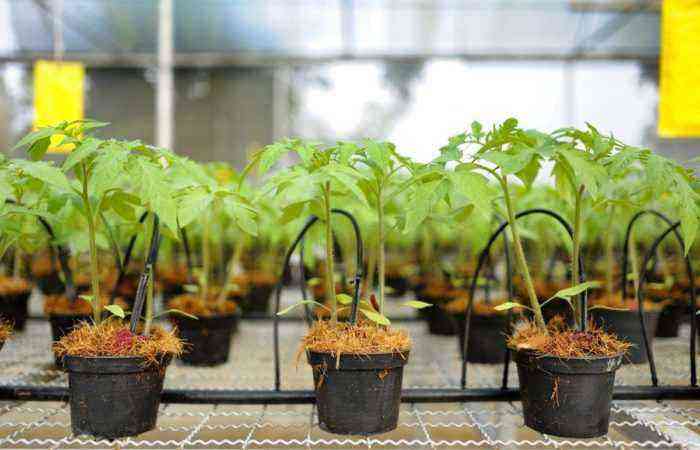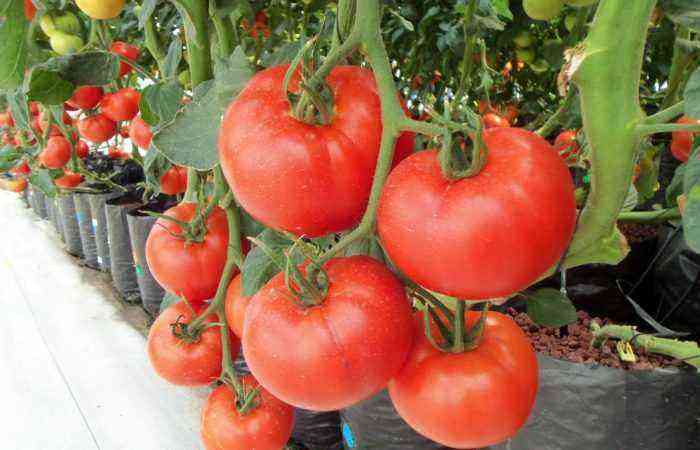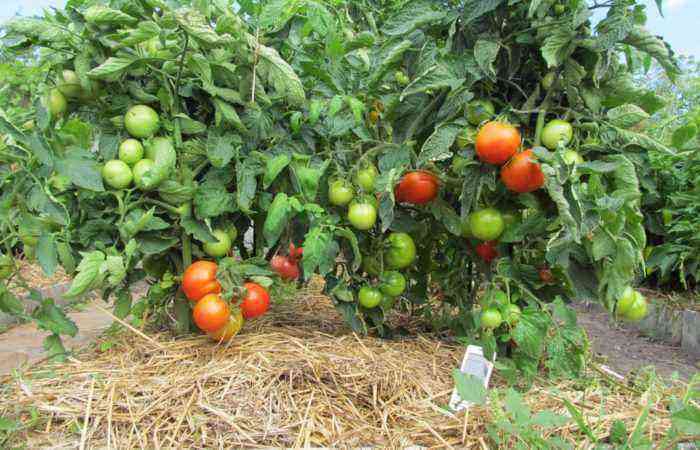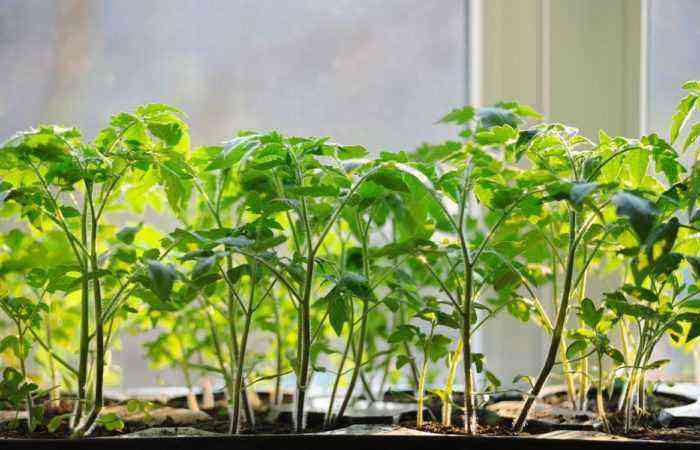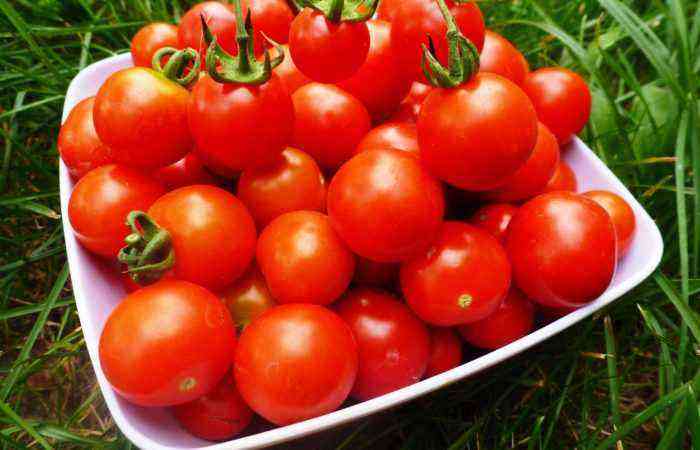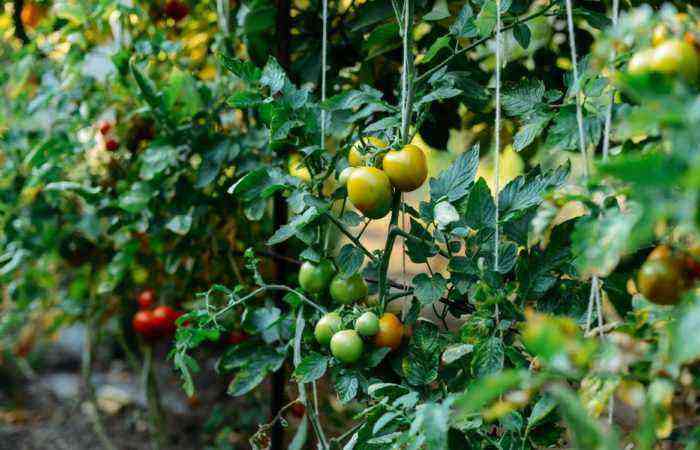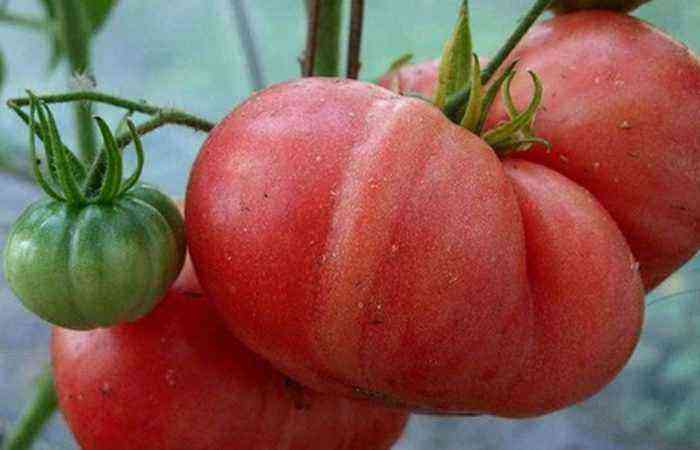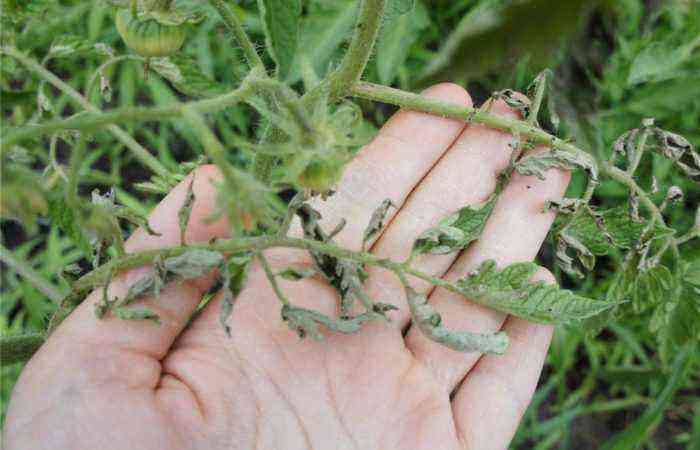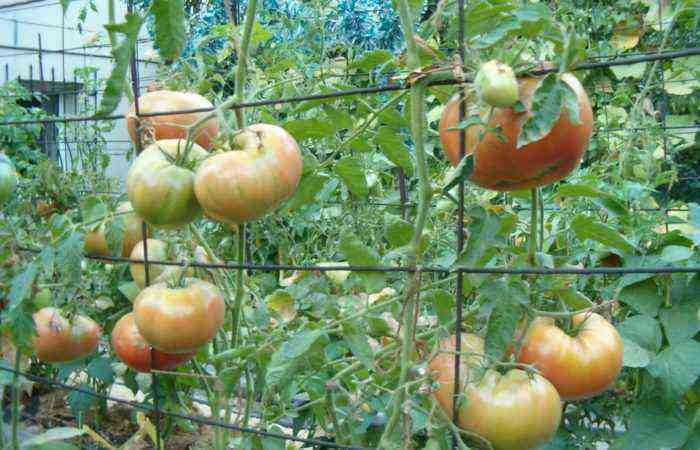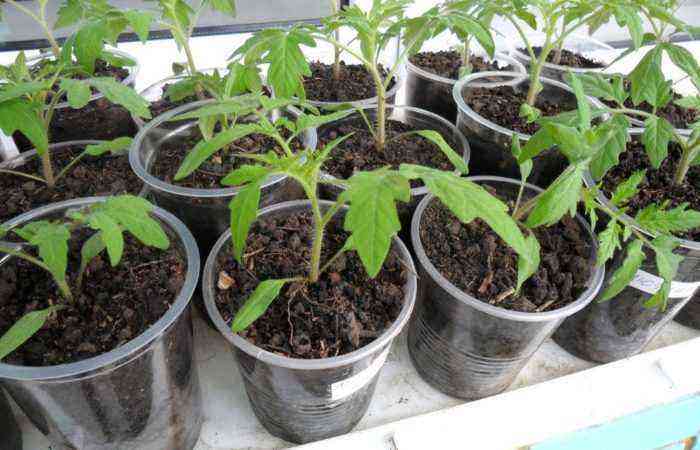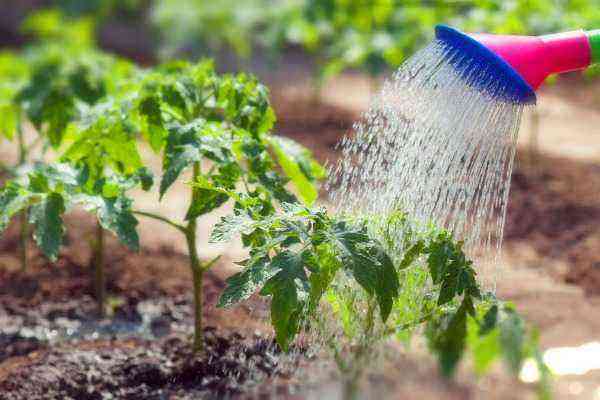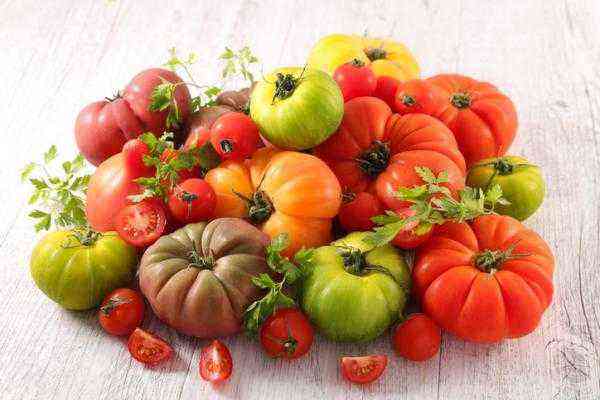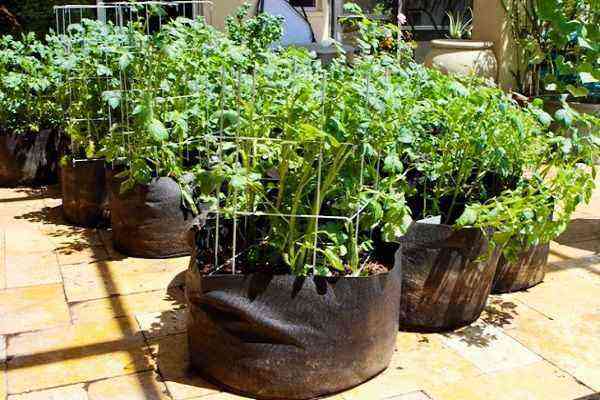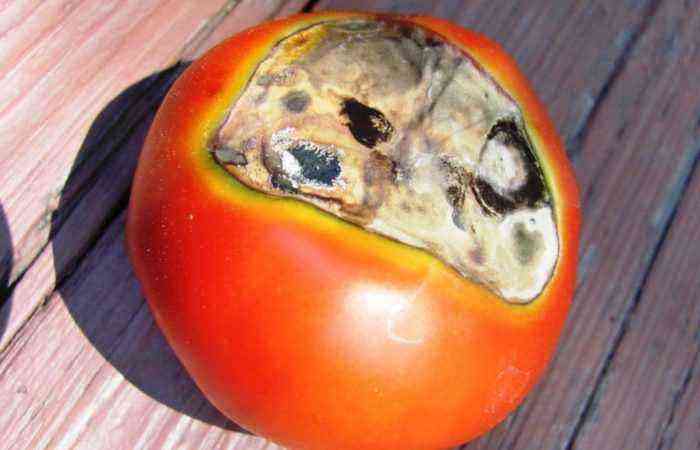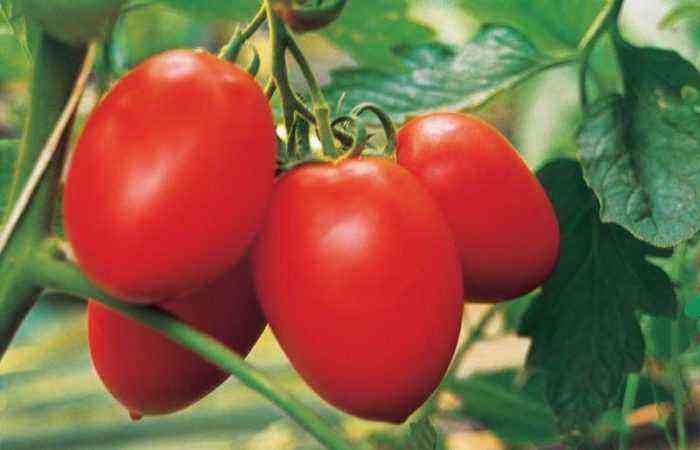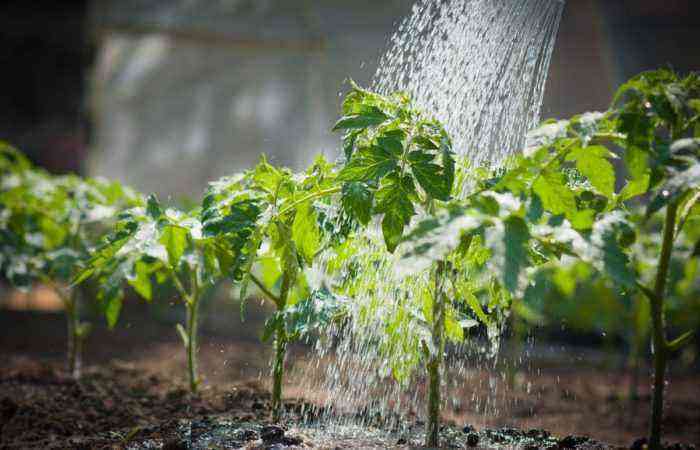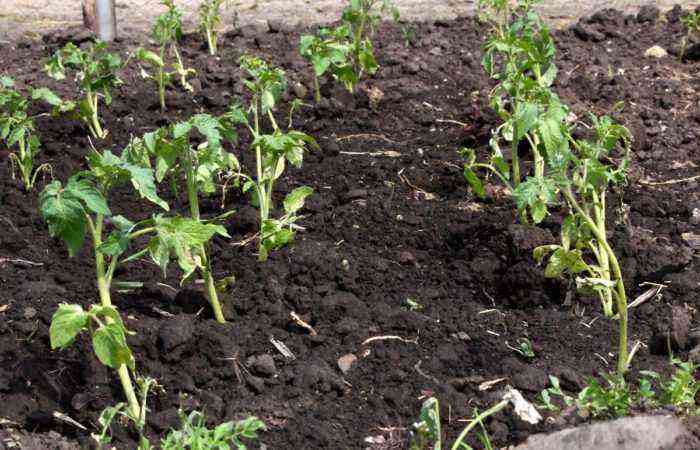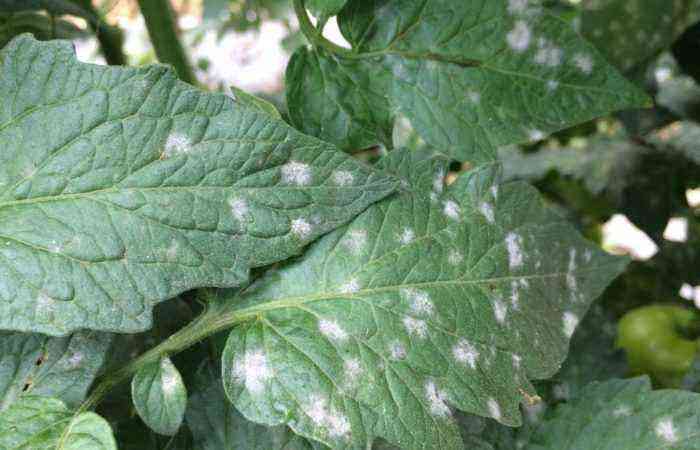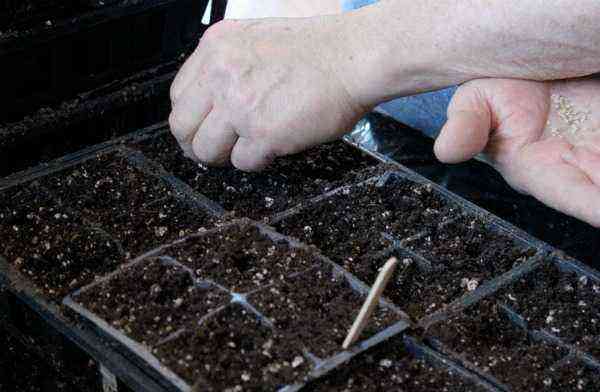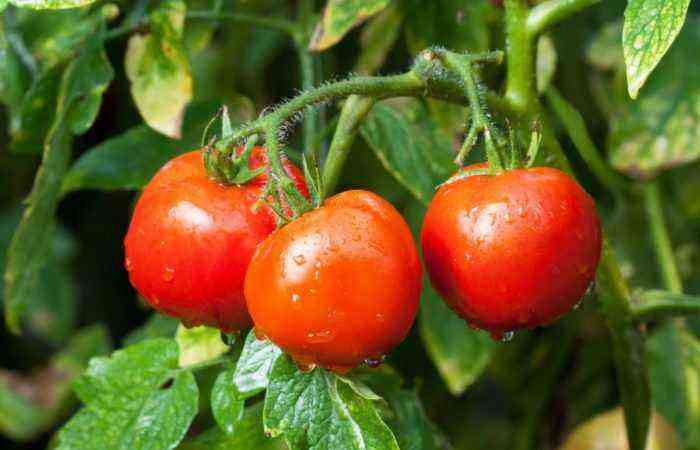Growing seedlings of tomatoes at home, you must be prepared for the fact that it will have to dive. At the same time, in some cases, the picking has to be carried out not once, but twice.
However, many gardeners do not know how to properly pick seedlings so as not to harm them and get a good harvest in the future.
What is a dive?
A pick (dive) is a transplant of seedlings at a young age. When sowing seeds in a box or container, the seedlings that appear grow very densely, and eventually begin to oppress each other.
Picking allows you to provide each plant with the necessary area of uXNUMXbuXNUMXbnutrition, which is very important for normal growth and development. Seedlings are dived both into a larger box of several pieces, and into individual cups.
Do I need to dive tomatoes?
Many gardeners are thinking about whether it is necessary to dive seedlings of tomatoes?There are several opinions on this:
- Some experts believe that picking contributes to the development of a more powerful root system, and therefore the seedlings grow stronger and well developed, which has a beneficial effect on the future harvest.
- However, there are also supporters of growing tomatoes without a pick, in their opinion, during this procedure, the root system of young plants is severely injured, because of which they get sick for a long time, and eventually lag behind in growth and development.
In the second case, sowing seeds should be carried out immediately in separate cups. Several seeds are planted in each of them, and then from the seedlings that appear, the strongest one is left, and the rest are removed.
In order to understand which way of growing tomato seedlings is most suitable for you, you can, if you wish, conduct a small experiment. To do this, grow part of the seedlings without picking, and pick the other part. Compare results at the end of the season.
When, at what age seedlings dive
As a rule, picking tomato seedlings is recommended to be carried out no earlier than the first pair of true leaf plates is formed in the plants, most often this happens a week after germination.
However, it is not worth rushing to transplant, because the seedlings appear unevenly, and even at this time the plants are too weak and may not survive the transplant. However, this should not be delayed either.
The fact is that 20 days after germination, densely growing tomatoes have a developed root system. Because of this, the roots of neighboring bushes are intertwined with each other, as a result of which they are severely injured during a pick, and the tomatoes get sick for a long time.
Most gardeners try to transplant seedlings into individual cups or into a larger box one and a half to two weeks after germination.
Later picking at the stage of formation of 4–6 true leaf blades in plants (approximately 4–6 weeks after sowing) is allowed only if a rather high box was used for sowing the seeds, and a large distance was observed between the plants.
How to dive tomatoes – step by step instructions
Traditional way
Picking rules may vary depending on where exactly the tomato seedlings are transplanted.
Step-by-step instructions for transplanting seedlings into individual cups:
- First, prepare the required number of cups and fill them with soil mixture suitable for growing tomatoes.
- Water the seedlings well immediately before transplanting, thanks to which they will take root much faster and begin to grow.
- It is necessary to pull the plant out of the container very carefully, try to injure their root system as little as possible. To do this, it is recommended to use a small spoon, fork, small scoop, and so on. You need to take a seedling together with an earthen clod, the thickness of which should be at least half the length of the phalanx of the little finger.
- In a cup in the substrate, make a recess and carefully place the tomato root system into it along with a clod of earth. The stalk is buried in the substrate almost to the cotyledons, this contributes to the development of a more powerful root system.
However, it is not recommended to bury seedlings above the cotyledon lobes, as this leads to a delay in their growth and development. The fact is that if the stalk is planted to a great depth, then it will take time and effort to form and grow additional roots.
- The surface of the substrate around the planted bushes is lightly tamped, and then they are watered.
- After 15–20 days, when the plants get stronger and grow up, it is recommended to transplant them into larger cups. The fact is that if the overgrown root system is very crowded in a glass, then this will negatively affect the development of the whole plant.
You can also pick up seedlings in a more spacious and tall box. Such a pick is carried out in almost the same way as transplanting plants into individual cups. However, in this case, a distance of 6 to 8 centimeters is observed between the bushes.
After a while, when the seedlings become crowded again, they dive into a larger container again, but in this case, the distance between the plants is increased to 15 centimeters.
Many gardeners, when picking tomato seedlings, necessarily shorten their roots by a third. In this case, one must be prepared for the fact that the growth of transplanted plants will slow down, since all their forces will be directed for some time to restore the root system.
Transshipment of seedlings growing in individual cups
If seedlings are grown immediately in individual cups, then there is no need for picking. However, it is recommended to use small cups for sowing, and after the seedlings grow up, they must be carefully transferred into larger containers.
If sowing is carried out immediately in large glasses, then the likelihood that liquid will stagnate in the substrate increases, and this can lead to the development of fungal diseases.
If you wish, you can transfer the grown plants immediately to the greenhouse, and from it the tomatoes will already be planted in open ground.
Transshipment must be carried out very carefully so as not to injure the root system.. To do this, prepare a new container and a suitable soil mixture. Before transplanting, carefully loosen the soil mixture in a cup and moisten it well.
Carefully remove the plant from the cup along with the earthy clod, while trying not to destroy it. Place the bush in a new container and fill the voids with earth mixture. Water the transplanted plants.
Transplanting elongated seedlings
Tomato seedlings can stretch for several reasons:
- excessively dense crops;
- very poor lighting;
- incorrect watering regime;
- unsuitable air temperature.
Particular attention should be paid to watering. They are carried out only after the substrate in the container is completely dry. If the plant is watered very often, then because of this they can not only get sick, but also stretch out a lot.
In this case, in order to save the tomatoes, you will need to transplant, and you must follow the step-by-step instructions:
- To transplant elongated tomatoes, you need to take any elongated container. It is filled with an earthen mixture that is suitable for growing this vegetable crop.
- In the substrate, you need to make an even, not very deep groove. An elongated plant is planted in it, while it is placed almost lying down, but the top should be placed vertically.
There is another way to save such seedlings.
- To do this, she needs to pinch off the upper parts and put them in containers with water for rooting.
- After the cuttings grow roots, they are planted in separate cups.
There is another way
- If the container in which the stretched bush grows allows, add soil mixture to it.
- From the surface of the substrate to the cotyledon leaf plates, the distance should be approximately 20-30 millimeters.
Caring for tomatoes after picking
In order for tomato seedlings to take root well after picking and form powerful bushes with a developed root system, they need to be provided with proper care and optimal conditions for growth.
Illumination
Picked tomatoes for the first two or three days should be protected from direct sunlight. To do this, they can be placed in a shaded place or shaded with paper or a light curtain.
They should be accustomed to bright sunlight gradually, for this, on the first day, the bushes are left in the sun for 1 hour, then for 2 hours, and so on, until the tomatoes get used.
Temperature conditions
In order for the seedlings not to stretch out, they must be provided with the correct temperature regime.
- In the first three days after picking, the air temperature in the daytime should be from 20 to 22 degrees, and at night – from 16 to 18 degrees.
- After the seedlings take root, they should be rearranged to a cooler place.
- Now during the day the temperature should be within 18-10 degrees, and at night – 15-16 degrees.
Fertilizer
Picked tomato seedlings should be fed for the first time after one and a half weeks have passed since the transplant. Then top dressing is carried out systematically every half a month. Before fertilizing the substrate, the plant must be watered.
Tomato seedlings can be fed with a mineral complex fertilizer or a nutrient solution, for the preparation of which it is necessary to combine:
- 1 bucket of water;
- 35 grams of superphosphate;
- 12 grams of potassium sulfate;
- and 4 grams of urea.
Also, a solution of nitroammophoska can be used to feed seedlings; for its preparation, 1 tablespoon of the substance is dissolved in one bucket of water.
However, do not overdo it with top dressing, because an excess of nutrients in the substrate can have an extremely negative effect on the development of tomatoes.
Watering
Particular attention should be paid to watering. Tomato seedlings are watered only with well-settled water, the temperature of which should be slightly above room temperature.
The plant is watered on average 1 time in 7 days, while trying to ensure that the earthen lump in the container is completely saturated with water.
When the second picking is carried out, the plant is well watered, and then watering is suspended for 10–12 days. This is necessary in order for the tomato root system to grow well and strengthen.
After that, watering is carried out only after the clod of earth in the container has completely dried.
Remember that if liquid regularly stagnates in the substrate, late blight or a black leg may develop due to this, which can cause the death of seedlings.
Seedling of tomatoes. How to do a dive – video
The best pick of elongated tomatoes. Quick rooting and survival after picking – video
If you dive seedlings not only correctly, but also in a timely manner, then this will allow you to get well-developed plants that will quickly take root and start growing after transplanting into open ground. It also contributes to both increasing the yield of tomatoes and improving the quality of the fruit.



